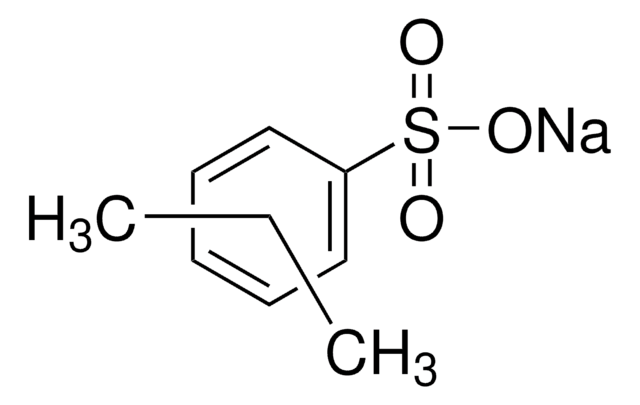This product is sold by weight. Each package size represents 1 sheet of Platinum foil at the specified weight of the package size. The sheet dimensions are as follows:
350 mg = 25 × 25 mm
1.4 g = 50 × 50 mm
267244
Platinum
foil, thickness 0.025 mm, 99.9% trace metals basis
Synonym(s):
Platinum element, Platinum gray
Select a Size
Select a Size
About This Item
Recommended Products
Assay
99.9% trace metals basis
form
foil
resistivity
10.6 μΩ-cm, 20°C
thickness
0.025 mm
bp
3827 °C (lit.)
mp
1772 °C (lit.)
density
21.45 g/cm3 (lit.)
SMILES string
[Pt]
InChI
1S/Pt
InChI key
BASFCYQUMIYNBI-UHFFFAOYSA-N
Related Categories
General description
Application
- growth of high crystalline boron nitride (BN) material for UV optoelectronic devices.[1]
- fabrication of electrochemically stable microelectrode arrays[2]
- a counter electrode for the fabrication of supercapacitors[3]
- an enzyme electrode probe for potential usage in biosensors[4]
Quantity
Storage Class Code
13 - Non Combustible Solids
WGK
nwg
Flash Point(F)
Not applicable
Flash Point(C)
Not applicable
Choose from one of the most recent versions:
Already Own This Product?
Find documentation for the products that you have recently purchased in the Document Library.
Customers Also Viewed
-
How many sheets are in a “pack”?
1 answer-
Helpful?
-
-
Hi, I would like to know what is the dimension of the foil for the 267244 product. the size is only written in grams and I would need the wight and the lenght of the foil Thank you
1 answer-
As listed in the Description section of the product page, the 350 mg pack size is 25 × 25 mm and the 1.4 g pack size is 50 × 50 mm. The thickness of each is 0.025 mm.
Helpful?
-
Active Filters
Our team of scientists has experience in all areas of research including Life Science, Material Science, Chemical Synthesis, Chromatography, Analytical and many others.
Contact Technical Service




